Intro
The Comtois is a handsome light draft horse that is thought to be descended from horses of the great ‘Germanic Breed’ brought to France from Germany during the 5th century.
Read more
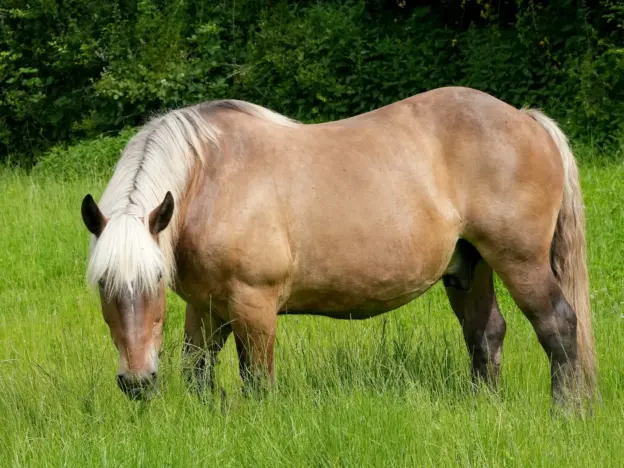
The Comtois is a handsome light draft horse that is thought to be descended from horses of the great ‘Germanic Breed’ brought to France from Germany during the 5th century.
Read more
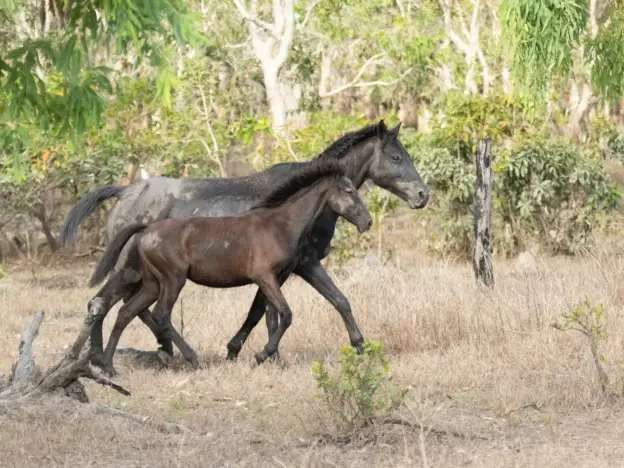
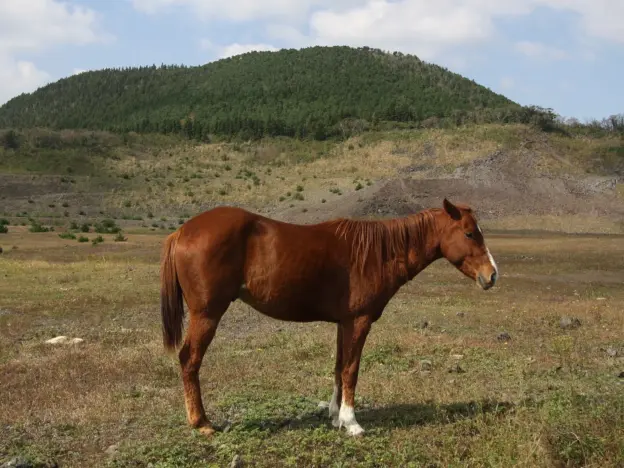
These ponies come from the Cheju or Jeju island off the coast of South Korea. From the years 935 – 1910 this province was used as a place of political exile as well as a place for grazing horses.
Read more
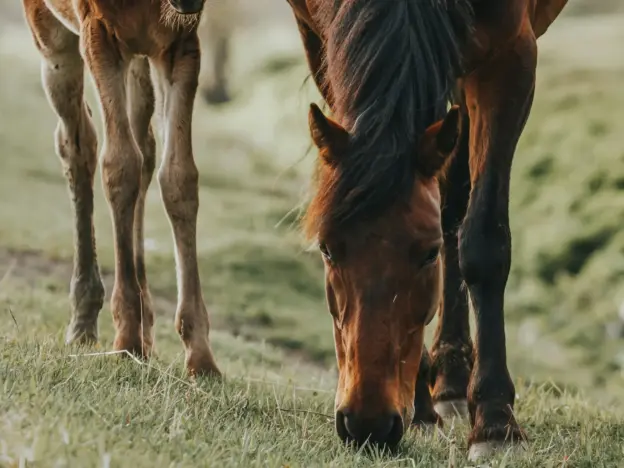
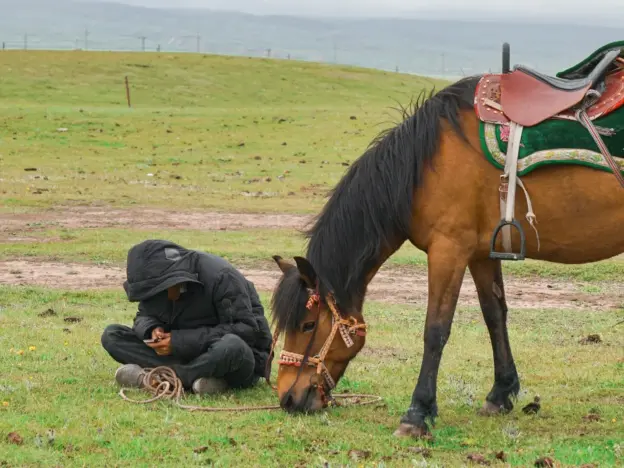
The Chaidamu pony is from the Mongolian family located in Dulan, Geermu and Wulan County in the Qinghai Province of China.
Read more

The Chakouyi or Chahou Post is a breed from the Tibetan Autonomous County of Tianzhu, Yongding, and Gulang County, Ganshu Province, China.
Read more
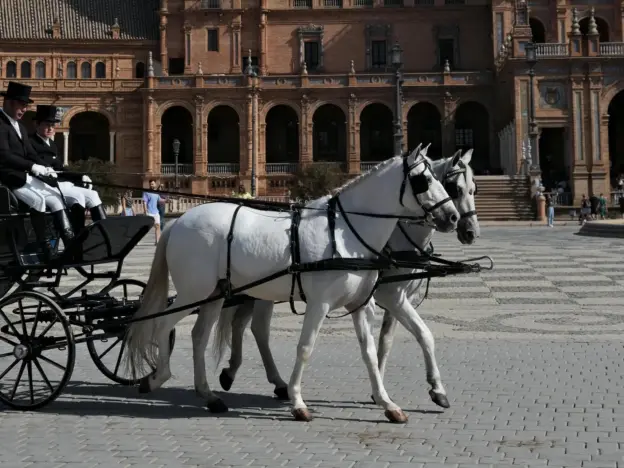
The Certisino is a Spanish breed directly descended from the Andalusian with crosses to the Berber and Arabian.
Read more
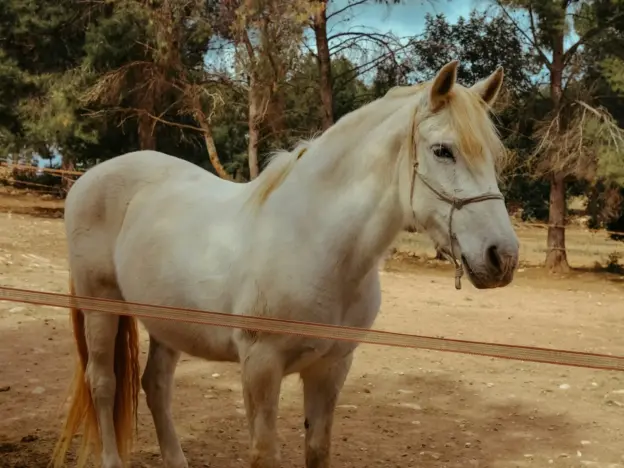
Also known as the Carthusian-Andalusian and Carthujano, the Carthusian horse is not a separate breed from the Andalusian, but rather a branch of the breed. They are often called the purest remaining strain of the original Spanish horse.
Read more
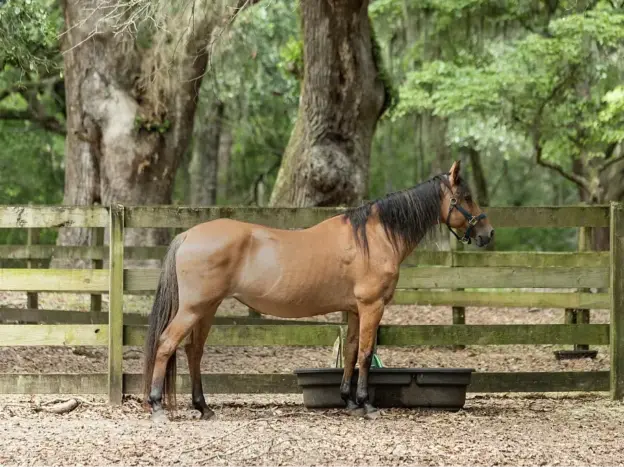
Although the word tacky is often thought of as cheap, it was used to describe the Marsh Tacky simply because they were so common in the swampy areas of South Carolina and Georgia.
Read more
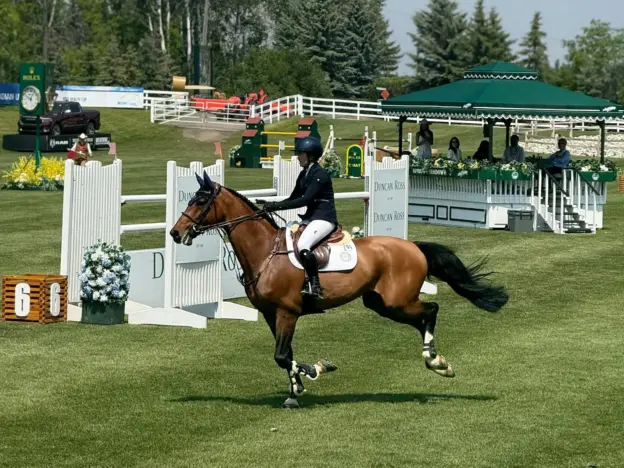
The Canadian Sport Horse fits into the hunter type and is a strong contender in show jumping, dressage and eventing circuits.
Read more